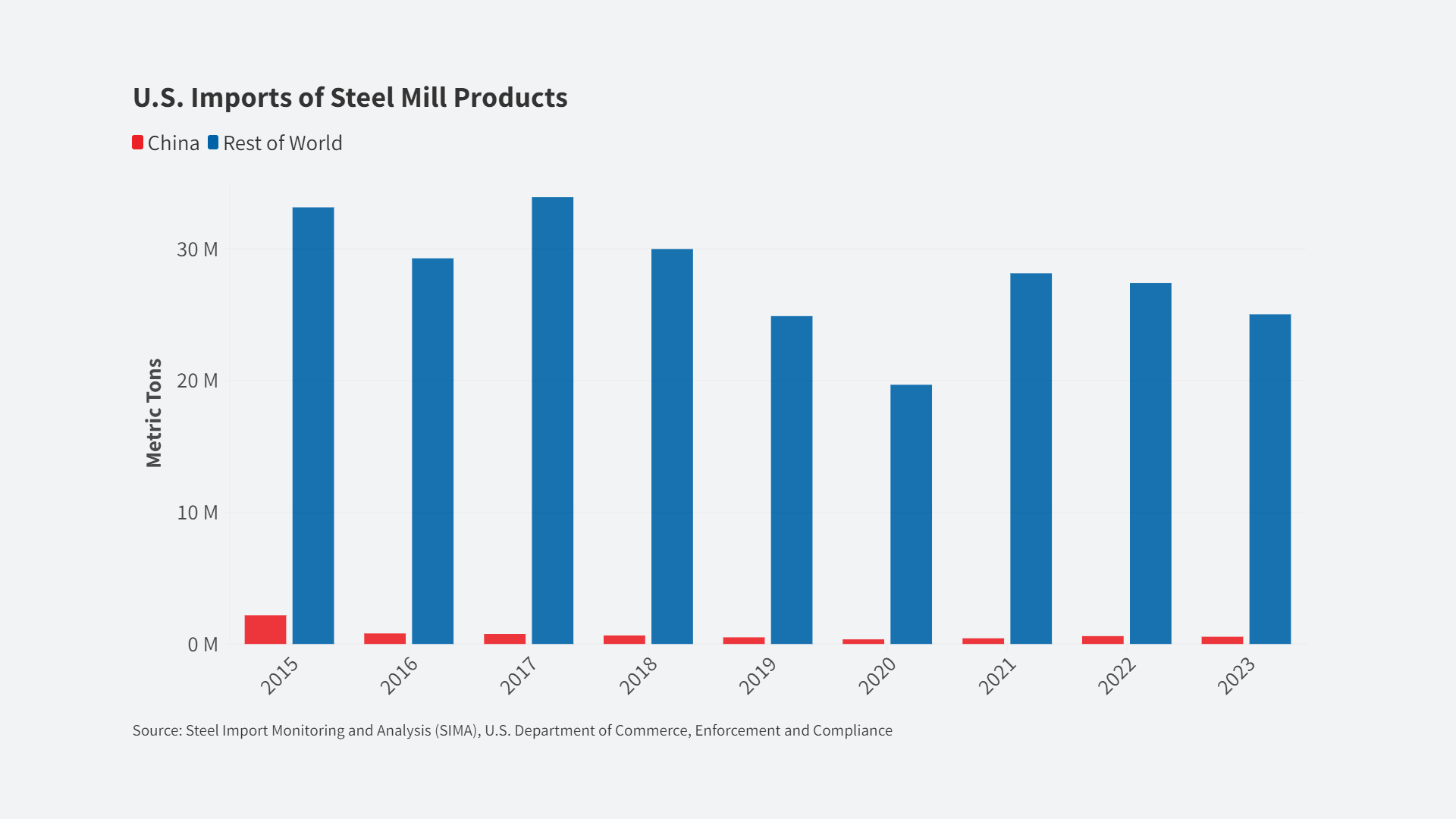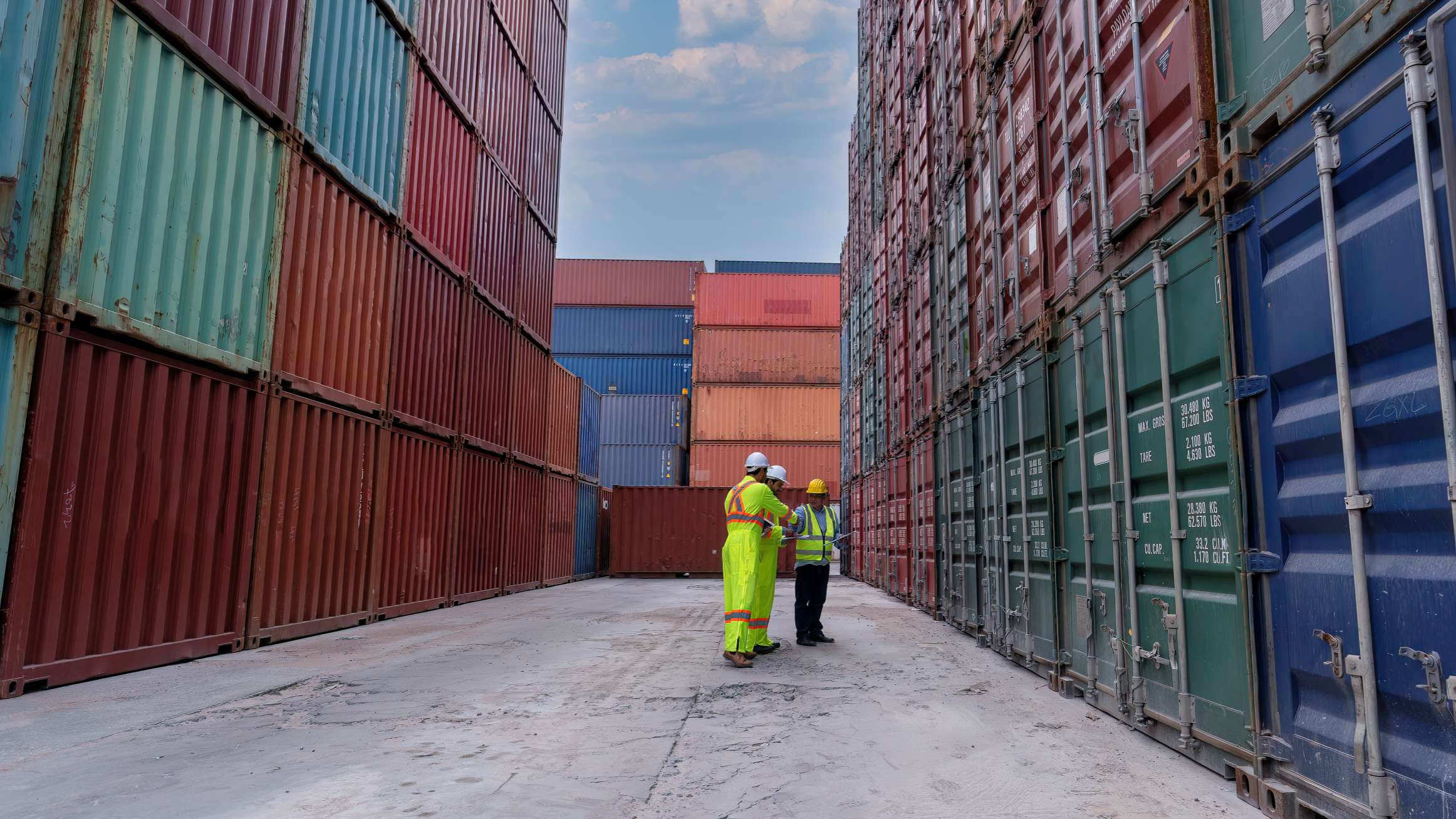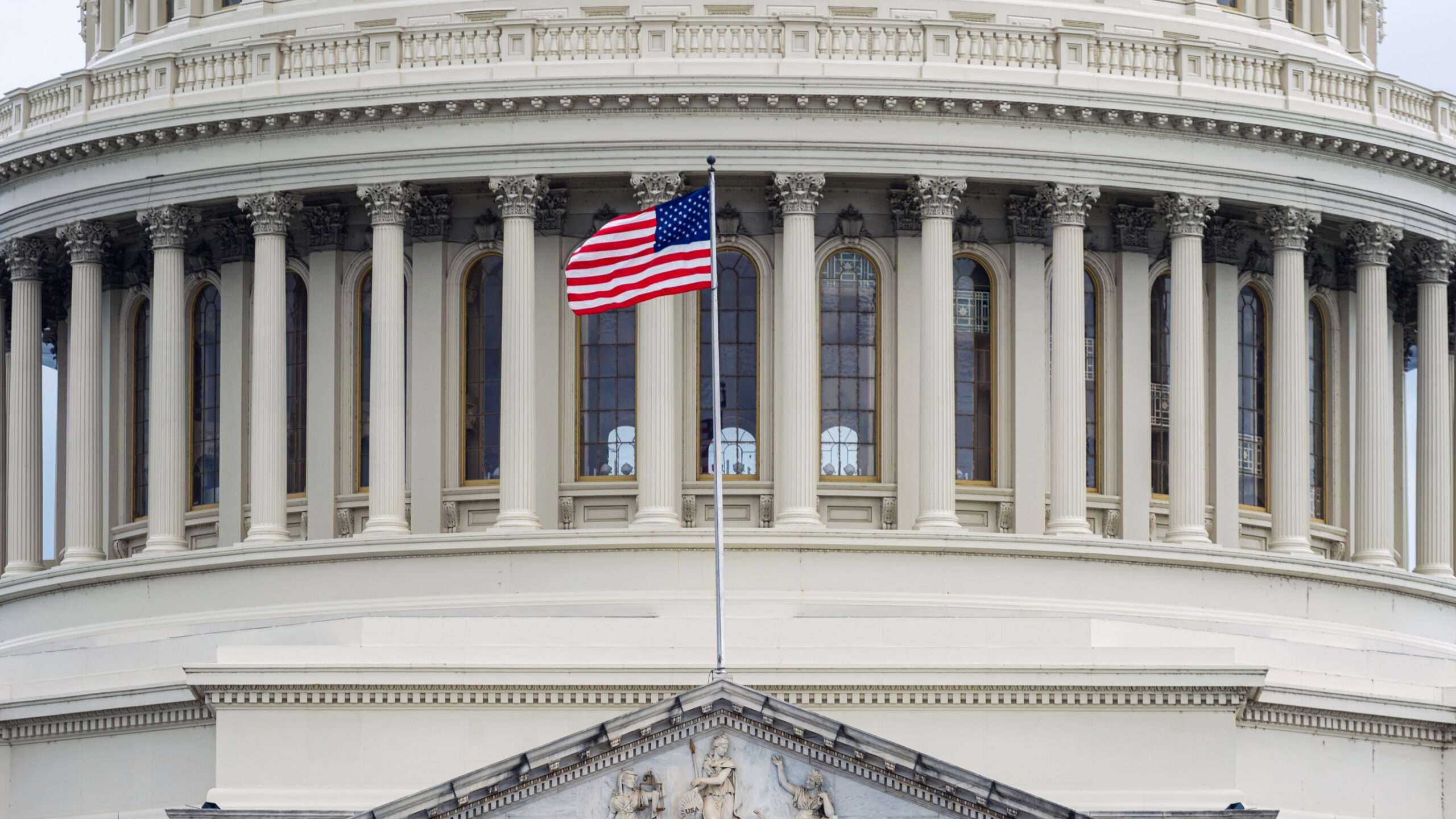
I recently attended a talk given by the Obama administration’s lead trade negotiator, Mike Froman, who was asked: “Why are Americans so angry about globalization right now?” His answer was one I’d heard many times, but of which I’ve often been skeptical. In so many words, he argued that the costs of trade are acute, while the benefits are diffuse.
[Jared Bernstein| May 12, 2016 |The Washington Post]
The implication is that the economic lives of a relatively small group of Americans are seriously damaged by global competition, while everyone benefits from lower prices and more choices in ways that are far less transparent than a factory moving to Mexico. In this narrative, the result is a small, vocal, angry group and a much larger group that doesn’t notice the benefits enough to push back on the anger.
I’m not so sure about that, and if there’s any hope of productively tapping this unique moment wherein the costs and benefits of trade are so highly scrutinized, we’d better get this right. If we underestimate the extent of the costs, we risk turning the trade keys over to demagogues who will cost us, and our trading partners, the significant benefits of trade and globalization.
The analytic question is twofold. First, are American workers really hurt by trade competition, and second, if so, are there spillovers to those not directly in competition with imports?
The first question is handily answered by a superb set of recent papers by economists David Autor, David Dorn and Gordon Hanson (ADH). Not since David Card and Alan Krueger’s path-breaking work on minimum wages has a body of muscular, empirical work so challenged conventional wisdom.
There’s an important distinction here, though, as economist Josh Bivens, whose work I also cite below, points out. In the case of the minimum wage, Card and Krueger’s findings regarding the absence of job losses goes against textbook theory understood by all economists. ADH and Bivens’s costs-of-trade results, on the other hand, are perfectly consistent with textbook trade theory regarding the hit to low-wage workers when a high-wage country expands trade with a low-wage country.
In fact, ADH take advantage of this dynamic by tapping what they call the “China shock”: the fact that import penetration from a large, low-wage country (China) to a large, higher-wage country (the United States) a) increased sharply over the 1990s and 2000s, and b) hit different places with different intensities, giving them the statistical variation they need to tease out the impacts. Their examination of the job and wage impacts of these imports in communities across the country found that, for every 1 percent increase in net Chinese import penetration, employment in affected industries fell by 1.3 percent. According to their estimates, 17 percent of the manufacturing job losses from 1991 to 2011 were due to this effect.
They find significant “negative local demand spillovers” outside of manufacturing as well, with job and wage losses among non-manufacturing workers at least comparable to those in manufacturing. Importantly, they emphasize that the spillovers tend to remain within communities hit by China trade. Textiles workers in Huntsville, Ala., got hit; card dealers in Las Vegas did not.
Earlier research by Bivens finds greater diffusion, although his model is far more macro, mapping trade flows from low-wage countries onto prices and U.S. wages at the national level, not the community level. His results find all noncollege educated workers — about two-thirds of the workforce — were hit by the rise of trade with low-wage countries, losing 5.5 percent of their annual earnings, or about $1,800, in 2011.
To understand the difference between the greater diffusion in Bivens vs. ADH, consider two towns, one with two businesses, a factory and restaurant, and the other with just a restaurant. In ADH’s findings, the negative spillover, or diffusion, stays mostly in the first town. The factory takes a competitive hit from cheaper Chinese imports. This, of course, directly hurts the blue-collar factory workers, but it also hurts the restaurant workers, both through demand (fewer factory workers showing up for lunch) and supply (more competition for jobs at the restaurant) effects.
In Bivens’s model, and this is the way most economists think about this (which doesn’t, by a long shot, make it correct), the ADH story holds in town one, but town two also gets hit, even though there’s no factory there facing increased global competition. Displaced workers from town one can’t find enough work there so they head for town two, and the added supply effect puts downward pressure among town two’s restaurant staff members.
The key difference here is that Bivens assumes some degree of labor mobility, of which ADH find little. In their findings, displaced workers mostly stay put, and that dampens the negative spillovers to other localities.
But does ADH support the Froman et al. claim of acute pain, diffused benefits? No so much, I’d argue. They find significant costs across the land, but they emphasize how those costs are more acute in town “ones” vs. town “twos.” A map from their paper, shown below, shows that Chinese imports penetrated communities (called “commuting zones”) throughout the United States.













